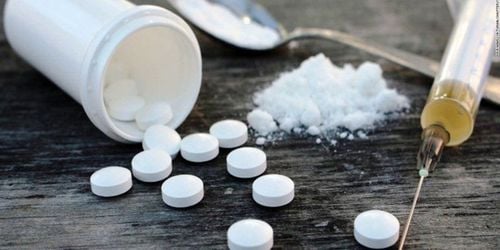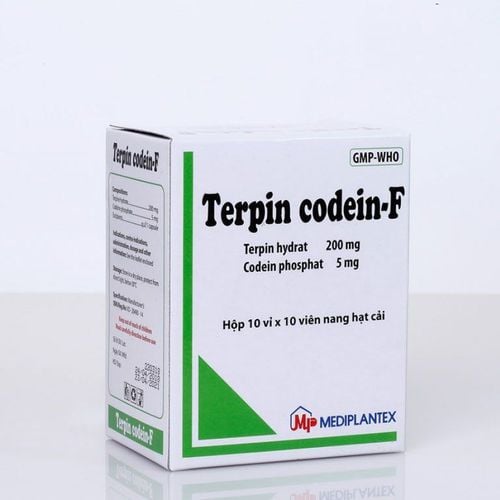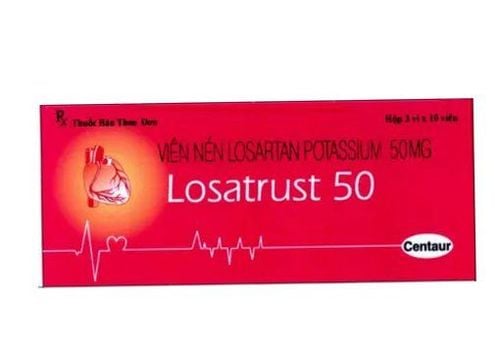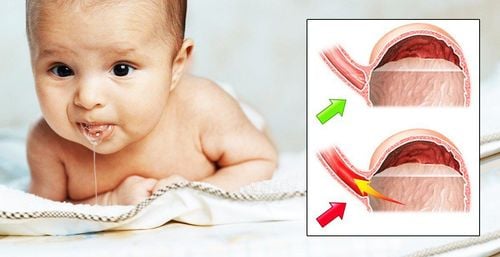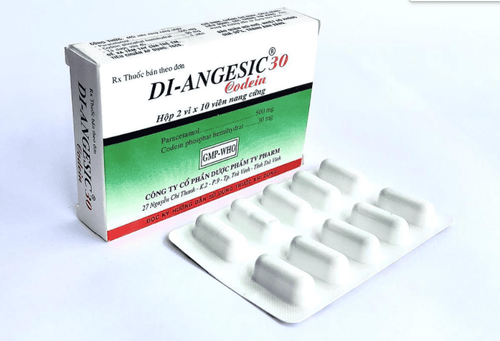This is an automatically translated article.
The article was professionally consulted by MSc Duong Van Sy - Department of Pediatrics - Neonatology, Vinmec Hai Phong International General Hospital. Uncle has 09 years of experience in the field of Pediatrics with strengths in examination, consultation and treatment of diseases in children; Emergency resuscitation, anti-poisoning for infants and children.Respiratory failure in children is a common disease of the airways causing damage to the lungs or diseases of the brain, nerves and muscles. Respiratory failure if not treated in time will affect the life of the child, even death. At Vinmec hospital, based on the children's health status, we have selected and successfully applied the arterial catheterization method to monitor blood pressure in the treatment of respiratory failure in children.
1. When is an arterial catheter indicated?
Indications for invasive blood pressure placement for patients in the following cases:
Patients need continuous arterial blood pressure monitoring, need to do blood gas several times, especially in patients with respiratory failure; All cases of prolonged shock or severe hypotension; In case the patient is at risk of hemodynamic disturbance during and after surgery, especially heart surgery and large blood vessels; In case of patients with severe hemorrhagic fever (grade III and IV with shock), or in severe myocarditis...; Indicated when needing angiography, or blood replacement by venous inlet - arterial outlet or in cases where blood pressure cannot be measured manually; When it is necessary to resuscitate the patient without another line.
2. Arterial Catheter Procedure

2.1. Preparation Prepare the patient:
Advise and explain carefully to the child's family members about the methods and procedures and sign the consent form for the procedure; Prepare medical records and documents related to the child's treatment. Prepare drugs and equipment:
A set of arterial catheters; A minor surgical kit; 24G needle for infants and children under 3 months old, 22G needle for babies and 20G needle for children over 12 years old and adults; Instant needle only 2.0 to fix, inject 5ml needle; Infusion column and a bottle of 0.9% NaCl infusion solution to store the arterial needle; Pressure gauge: leads and pressure sensor connected to the monitor; Monitor to measure and monitor arterial blood pressure; 10% betadine antiseptic solution; Cotton wool, salt cotton. Preparation from the doctor and medical staff to carry out catheterization:
Wear strictly according to the operating room regulations, wear a hat, wear a full mask; Sanitize hands, wear sterile gloves. 2.2. Performing arterial catheterization technique Steps of arterial catheterization technique:
Fix the pressure sensor to the infusion column at a level level with the patient's mid-axillary line; Locate the arterial catheter: usually the radial artery. In some cases, it can be placed in the femoral artery or posterior arteries such as in the dorsal, arm or axillary arteries; Thoroughly disinfect the catheter site with betadine solution; Insert a needle through the skin at an angle of 15 degrees or 45 degrees into the artery that is determined to place the catheter. If the needle enters the correct artery, blood will be seen at the hilt; Lower the needle and catheter close to the skin surface. Synchronize 2 movements: Move the needle back about 0.5cm and gently insert the catheter with a twisting motion in the direction of the artery until blood flows through the tip of the catheter (blood will flow out in accordance with the heartbeat if correct catheter placement); Connect to a wire with a pressure sensor, and at the same time connect to a prepared monitor; Inject 2ml Heparin 10 units/1ml to store the catheter; Fix the catheter to the skin, usually with sutures or with a fixative; Equalize zero pressure to 0 mmHg; Disinfect the foot of the catheter and needle, then a sterile bandage. 2.3. Invasive arterial blood pressure measurement The invasive arterial blood pressure measurement technique includes the following steps:
Attach a 0.9% NaCl bottle with Heparin phase to the brassa pump with an index over 200mmHg; Prime the fluid into an invasive arterial sphygmomanometer attached to the catheter; Zero position positioning; Connect the pressure sensor to the cable; Connect the cable to the monitor; Zero rating. Normal manifestations of arterial catheterization:
Arterial blood pressure and pulse waveforms are accurately displayed on the monitoring monitor; No bleeding at the catheter site. 2.4. Notes when placing arterial catheters Absolute adherence to sterility from the preparation stage to post-catheter care; The catheter should be placed in a high position; Closely monitor the patient before, during and after the catheterization process to promptly detect complications and handle them; Save the catheter with 0.9% NaCl and 5% Glucose infusion solution mixed with heparin to avoid coagulation; Change the patient's dressing every 2-3 days to ensure sterility; Note that the catheter should not be kept for more than 7 days to avoid the risk of infection. 2.5. Complications may be encountered with arterial catheterization Local infection or, if severe, systemic infection; There may be blood loss from taking blood for many tests; There may be thrombosis due to coagulation; Painful swelling, possibly inflammation of the catheter site; Extremity ischemia or catheter occlusion.
3. Where is the arterial catheter placed?
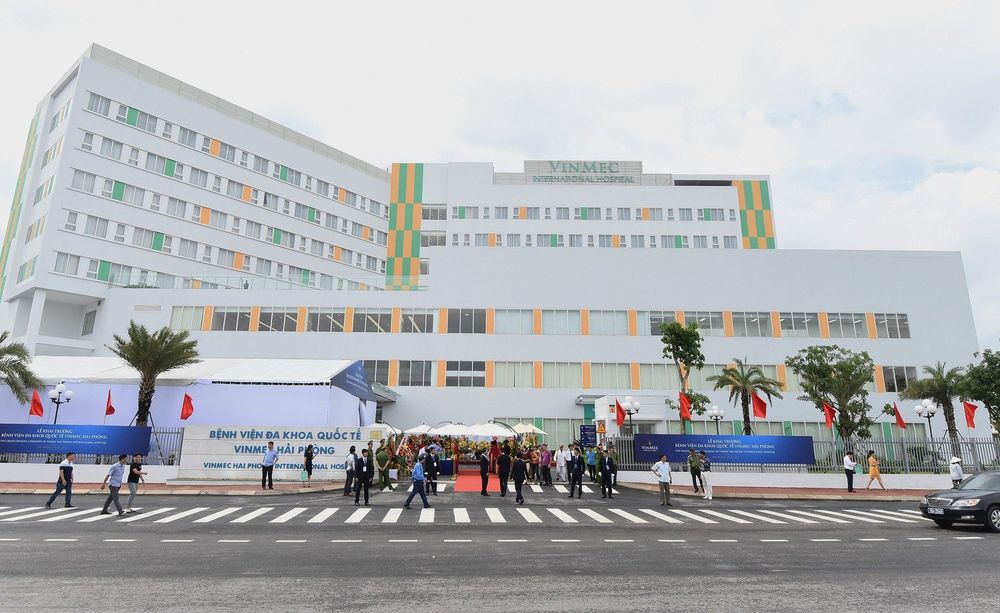
Invasive arterial blood pressure placement is a highly technical and specialized method. If the technical process is not performed correctly, it will not only bring about no therapeutic effect but also cause health risks. Therefore, patients need to choose a reputable hospital with full equipment and expertise to perform this method.
Intravascular catheterization is a routine technique that is being applied very successfully at the Pediatrics Department - Vinmec International General Hospital, Hai Phong.
Arterial catheter technique performed at Vinmec Hai Phong has the following advantages:
Technical process is carried out methodically, meeting international standards; A well-controlled environment helps minimize infection during and after surgery Vinmec Hai Phong's team of highly qualified and experienced doctors, namely: Specialist II Doctor Cao Thi Thanh with 25 years Working in the treatment of neonatal pediatric diseases, Dr. Duong Van Sy has 09 years of experience in the field of Pediatrics and Neonatology, with the strength of proficient practice in neonatal resuscitation. Doctor Nguyen Hung Tien with more than 8 years of experience in the field of Pediatrics - Neonatology, specializing in Emergency Resuscitation, Pediatric Cardiology, Neonatal Resuscitation. High-tech technical equipment system with modern 7-parameter monitoring system, showing the most accurate blood pressure parameters. With the above strengths, patients when performing arterial catheterization technique at Vinmec Hai Phong can be assured of the quality of surgery, ensuring high efficiency in the treatment of pediatric respiratory failure. .
Please dial HOTLINE for more information or register for an appointment HERE. Download MyVinmec app to make appointments faster and to manage your bookings easily.





